The Utility Poles Market size is expected to reach USD 40.0 billion by 2032, exhibiting a CAGR of 4.71% during the forecast period. Increasing demand for electricity and expansion of the power grid infrastructure, particularly in developing regions, are expected to drive market growth. The growing adoption of smart poles, which integrate sensors and communication technologies, is also contributing to the market expansion. Additionally, the need for replacing aging utility poles and the adoption of sustainable materials are expected to support market growth.
Key developments in the market include the growing emphasis on automation and remote monitoring systems, as well as advancements in pole design and manufacturing processes to enhance durability and safety.
In November 2021, Stella-Jones acquired Cahaba Pressure Treated Forest Products Incorporated for $66 million. The goal was to increase Stella-Jones’s ability to operate in the United States.
In October 2024, Stella-Jones managed to solidify its position again by increasing its wood utility pole manufacturing to meet the growing demand with respect to the development of renewable energy and infrastructural growth.
In August 2024, Valmont announced a partnership with renewable energy developers for the provision of composite utility poles for use in wind and solar projects as a way of enhancing sustainability.
In July 2024, RS Technologies won a significant deal to provide the US with composite poles used for grid upgrading, which would provide better protection from extreme weather conditions.
In May 2024, Hill & Smith increased its presence in the Asia Pacific region by collaborating with local investors, as the region had shown potential for infrastructure development.
In March 2024, Skipper Ltd. patented a cutting-edge hybrid utility pole suitable for electric and communication functions in African markets, driving multifunctionality.
In November 2023, Valmont Industries acquired a utility pole-making company with a view to making its operations global and further solidifying its presence in the infrastructure market.
In July 2023, Koppers Inc. completed a merger with a regional wood utility pole supplier with the objective of enhancing sustainability and pole treating operations.
In May 2024: Consolidation of two regional manufacturers of steel poles with the aim of responding to the increasing supply of renewable energy infrastructure.
In October 2023, Valmont announced the signing of agreements to strengthen its electric poles business as it includes EV charging offerings. This partnership is in line with the requirement of sustainable energy infrastructure.


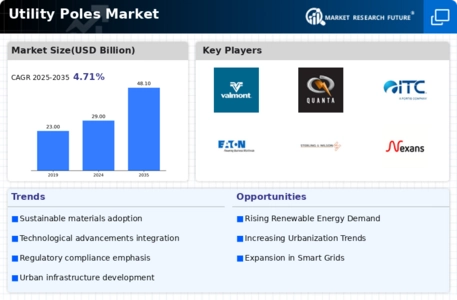
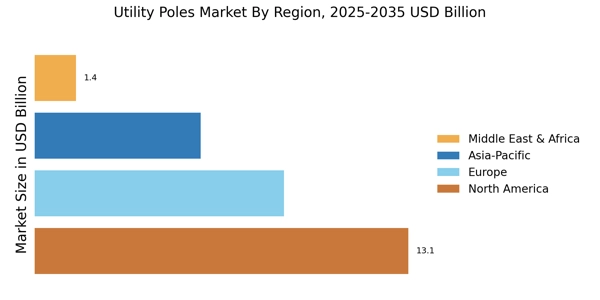
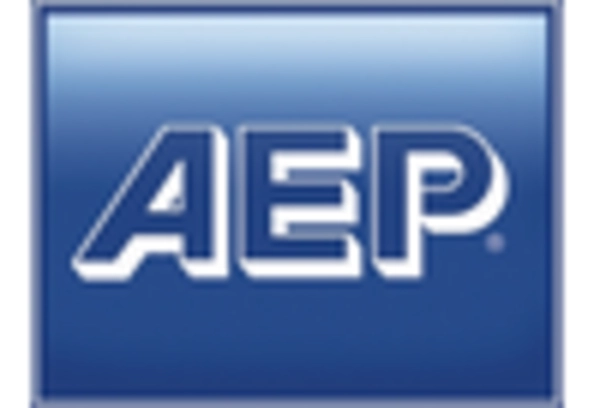


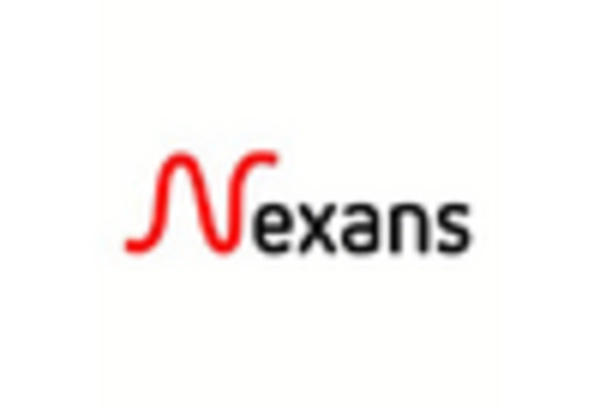
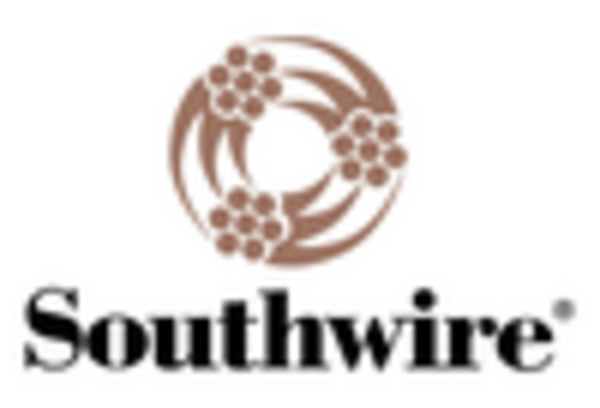
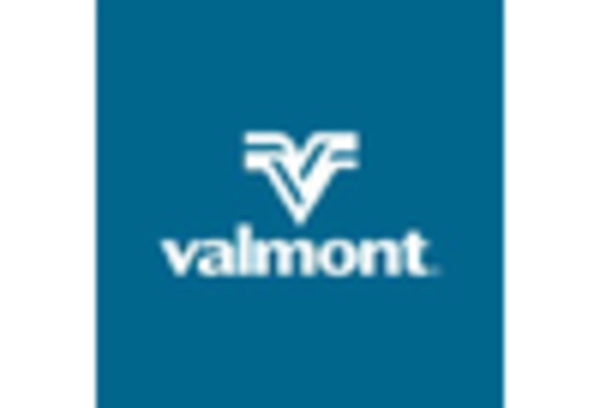








Leave a Comment